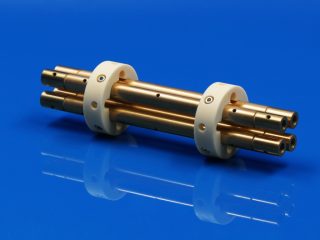A new research report titled, “Sol-Gel Processing of Ceramics and Glass” has been released by Reportlinker.com. The report is an update of the market report published in 2006, and it provides the most current information on the sol-gel industry.
Major objectives of the report are as follows:
To identify and profile companies involved in the development of sol-gel-derived products
To discover the technological and business issues associated with the development and manufacture of sol-gel-derived products
To provide a summary of a variety of commercial products produced with the sol-gel technology and their applications and
Others.
Sol-gel processing is a low-temperature processing methodology that uses chemical precursors and can produce ceramics and glass with better homogeneity and higher purity than conventional high-temperature methods. It can be used to produce materials with various compositions in different forms, including porous membranes, monoliths and composites, coatings and thin films, fibers and powders. The process is also ideal for producing organic or inorganic hybrids. One of the important benefits of the sol-gel technology is that it can create compositions that are impossible with conventional processes. In addition, the mixing molecular-scale mixing of the precursors which results in homogenous mixtures is maintained in the final product.
One of the major application fields of sol-gel-derived products is coatings and thin films that are used in optical, electronic and electro-optic devices and components. They are also utilized to produce antireflection coatings for architectural and automotive applications and protective and decorative coatings for use on metal, glass and other substrates. Composite powders made from sol-gel are ideal for use as herbicides or agrochemicals.
Additionally, the technology can be utilized to infiltrate fiber preforms to produce composites. Recently, sol-gel has been used in biotechnology applications, including drug delivery for medicine, environmental testing, biochemical process monitoring and food processing.
Source: http://www.reportlinker.com/




 Enquiry
Enquiry